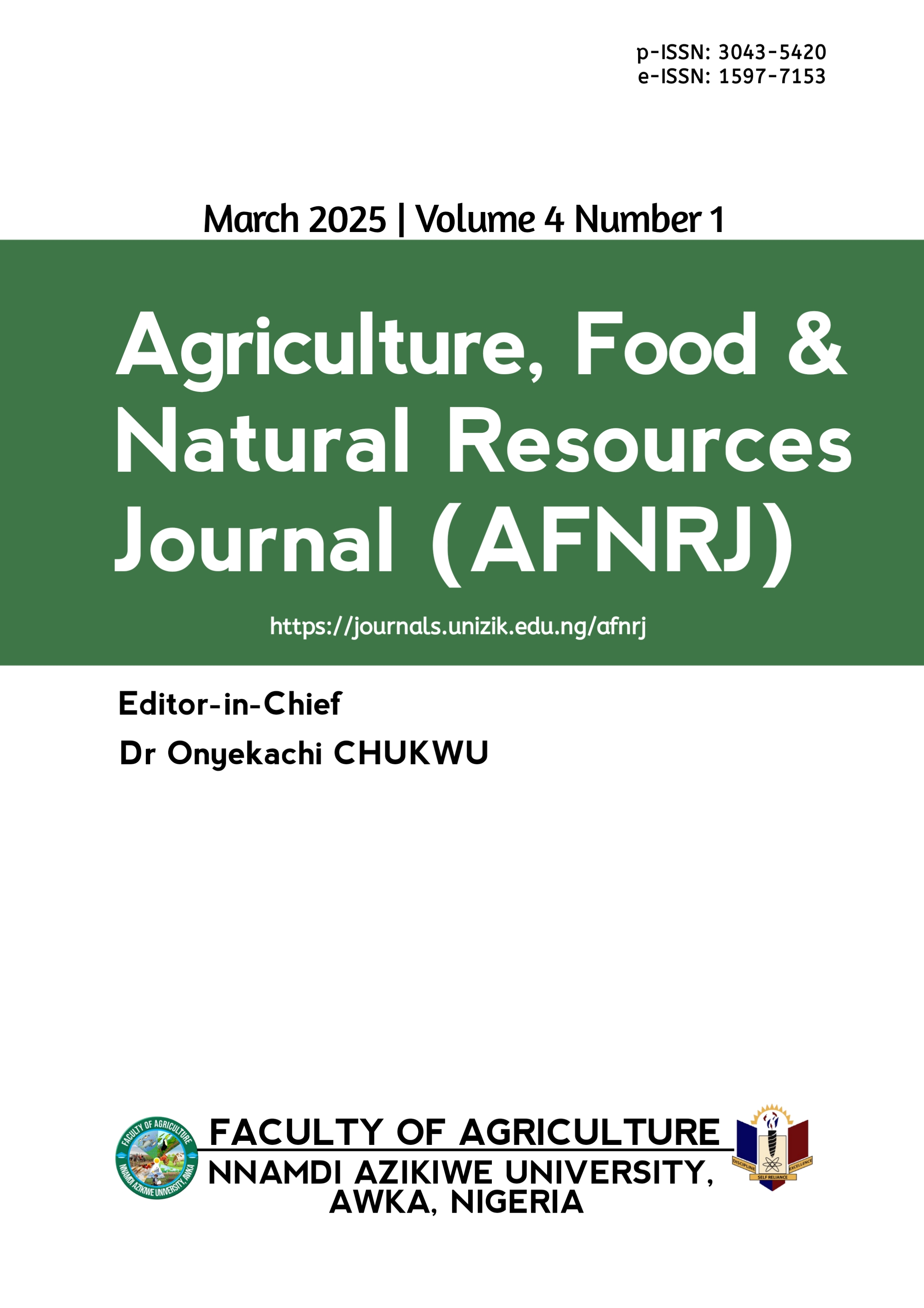Fast freezing induced by magnetic field: impact of field intensity and exposure time on the quality characteristics of frozen pineapple
DOI:
https://doi.org/10.5281/zenodo.15106954Keywords:
Firmness, Microstructure, Ice crystal, pH, Tissue damageAbstract
This study investigated the impact of magnetic field (MF) intensity and time on the quality characteristics of frozen pineapple. Raw pineapple was washed, peeled and sliced. The pineapple slices with thickness of 10×10×10 mm cube were exposed to magnetic field intensities of 9 T, 14 T, and 20 T and exposure times of 5, 10, and 15 minutes before they underwent freezing at -18oC. Fresh and untreated frozen samples were regarded as control 1 and control 2, respectively. The quality characteristics including pH, firmness, total soluble solids (TSS), and microstructure were measured using standard methods. The results indicated that MF intensity and exposure time had non-significant (at P≤5) effect on the pH of the slices. However, significant improvements were noted in firmness and TSS of treated samples when compared to the control groups. Scanning electron microscopy (SEM) revealed that MF treatment, particularly at higher field intensities of 14 T and 20 T, and shorter treatment time of 5 minutes, produced small ice crystals, and aided preservation of cell structure, resulting in minimal tissue damage. These findings suggest that MF technology could serve as a viable non-thermal technique that enhances the quality of fruits, with potential applications in the food industry.
Downloads
Published
Issue
Section
License

This work is licensed under a Creative Commons Attribution 4.0 International License.
which permits unrestricted use, distribution, and reproduction in any medium, provided the original author and source are credited.
Authors retain the copyright of their published work in the AFNRJ.





